Pigeon Racing and Nutrition of the Muscle Part 6
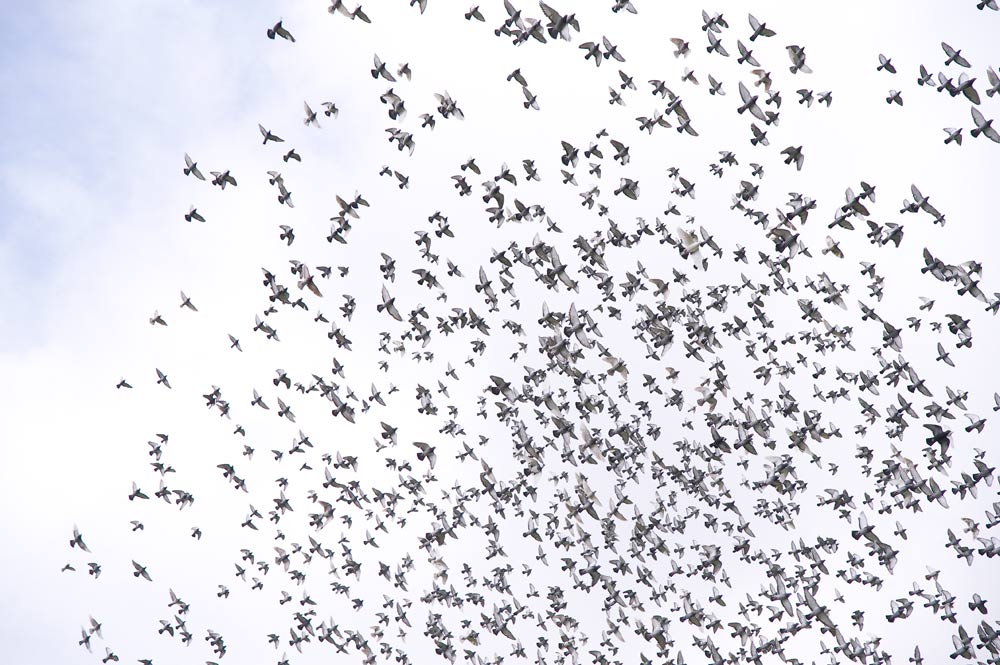 Toward the end of a very long or tough day, we see that he situation regarding the fuel supplies within the two types of muscle fibers has changed remarkably. If we look again at the red and white fibers, we see that the large white fibers that became depleted of glycogen soon after the birds were released at the race point, are now, surprisingly, refueled with glycogen! How did this happen and why? The “how” is answered by pointing out again that the liver has abundant reserves of glycogen, and it is likely at this source that glycogen was converted to glucose for transport in the blood stream to these muscle fibers, where in turn, it was re converted to glycogen, its storage form. The “why” may be explained by looking at the obvious advantages of this refueling process in the white fibers. After all, once the launch has been accomplished and the birds have reached cruising speed, there may be lightning fast aerial predators form which escape is critical. Power lines, telephone wires, cables, and the possibility of collisions with other birds in the flock, are all potential reasons for rapid escape or avoidance, and the bird must be ready for dodging bursts of speed at any time during the race. The white fibers must be refueled to take care of contingencies, and this replenishing process begins soon after these fibers were depleted following liberation. Even at the extreme time of 18 hours after release, these white fibers are found to contain abundant amounts of replenished glycogen.
Toward the end of a very long or tough day, we see that he situation regarding the fuel supplies within the two types of muscle fibers has changed remarkably. If we look again at the red and white fibers, we see that the large white fibers that became depleted of glycogen soon after the birds were released at the race point, are now, surprisingly, refueled with glycogen! How did this happen and why? The “how” is answered by pointing out again that the liver has abundant reserves of glycogen, and it is likely at this source that glycogen was converted to glucose for transport in the blood stream to these muscle fibers, where in turn, it was re converted to glycogen, its storage form. The “why” may be explained by looking at the obvious advantages of this refueling process in the white fibers. After all, once the launch has been accomplished and the birds have reached cruising speed, there may be lightning fast aerial predators form which escape is critical. Power lines, telephone wires, cables, and the possibility of collisions with other birds in the flock, are all potential reasons for rapid escape or avoidance, and the bird must be ready for dodging bursts of speed at any time during the race. The white fibers must be refueled to take care of contingencies, and this replenishing process begins soon after these fibers were depleted following liberation. Even at the extreme time of 18 hours after release, these white fibers are found to contain abundant amounts of replenished glycogen.
However, the situation in the red fibers, the real work horses of the muscular system, has equally dramatically changed, but in the reverse direction. Once loaded with both fat and glycogen, the red fibers at 18 hours, in general, are seen to be severely depleted of fat and may be slightly to severely depleted of glycogen. Incidentally, the role of glycogen in the function of red fibers is not completely clear, but since fat is seriously depleted and glycogen reserves may be seriously depleted by 18 hours, one suggestion is that glycogen may be associated with providing a continuous supply of a substance called oxaloacetate which is one of several in the burning of fat and the liberation of energy in the red fibers. It is also possible that a significant role of glycogen in red fibers is to provide readily available fuel for the powerful muscular contractions that launch a bird into the air at the time of liberation. Although fat and glycogen continue to be evident in the red fibers, reserves of both are becoming low. Most of the red fibers, especially those in the center of a bundle of fibers, are particularly low in reserves of fat, but it is also interesting that others near the surface of a bundle have increased amounts of fat. These findings, among others, suggest that red fibers located close to the edge of a bundle are the first to begin work, and therefore, are the first to tire. As their “shift” is completed, they stop work to refuel, and their function is taken over by the next “shift” of fibers, which are located somewhat more deeply inside a bundle, and so on. Quite likely, long before these fuel supplies have decreased so drastically, the bird has begun to experience increasing signs of fatigue, as its all important major fuel reserves diminish steadily.
These facts related to the major fuel reserves can perhaps give us a significant clue as to why there are so relatively few racing pigeons willing or able to maintain sustained flight beyond perhaps 14 to 15 hours in one stretch, or why long races, or any very tough short or middle distance races may become second day races or more simply because necessary fuel reserves are running precariously low, and fatigue is setting in relentlessly. The bird is in dire need of some external sources of fuel such as cereal grains, and something we have not really touched upon so far: water, which next to air, is the most important requirement for life and something we all tend to take for granted. As noted previously, water becomes available to the bird as a by product of the burning of fat, but as fat reserves are consumed during flight, the amount of water supplied by this fat diminishes accordingly. Water and food may be available in some locales along the route and very scarce or non existent in others. Some body reserves of glycogen and fat may exist together in the liver and other sites, and during a rest period, fat may be mobilized from all available sites of storage in the body to allow the bird to carry on. It fat reserves fall too low, the bird simply has to stop to find water to combat dehydration, and grain to restore enough glycogen and fat to allow it to reach home. Depending on the availability of food and water, the possibility of concurrent injury, and the distance remaining to reach home, the process of restoring the bird to a reasonable flying state may take days or weeks. Those birds that reach home just before night fall from a long grueling race have almost reached the end of their fat and glycogen fuel reserves, much as your gas tank registers nearly empty when there are prolonged distances between gas stations.
- Pigeon Racing and Nutrition of the Muscle Part 1
- Pigeon Racing and Nutrition of the Muscle Part 2
- Pigeon Racing and Nutrition of the Muscle Part 3
- Pigeon Racing and Nutrition of the Muscle Part 4
- Pigeon Racing and Nutrition of the Muscle Part 5
- Pigeon Racing and Nutrition of the Muscle Part 6 <= you are here
Pigeon Racing and Nutrition of the Muscle Part 6 By: Gordon A. Chalmers DVM
The Leading Online Pigeon Racing and Racing Pigeons Magazine – The Pigeon Insider

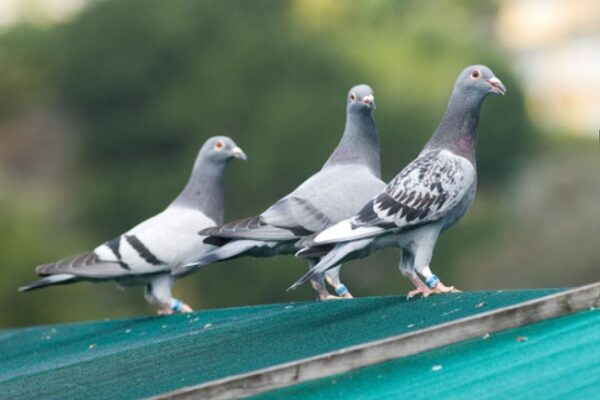
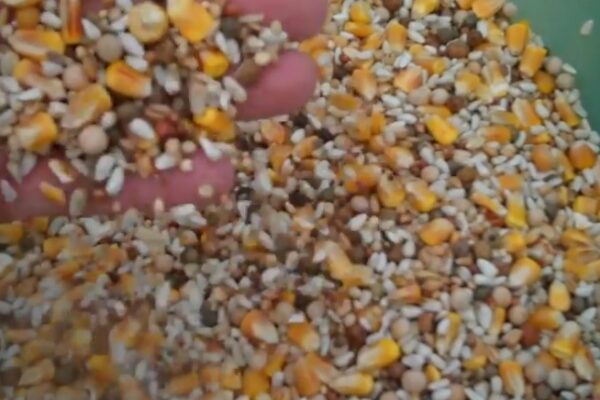

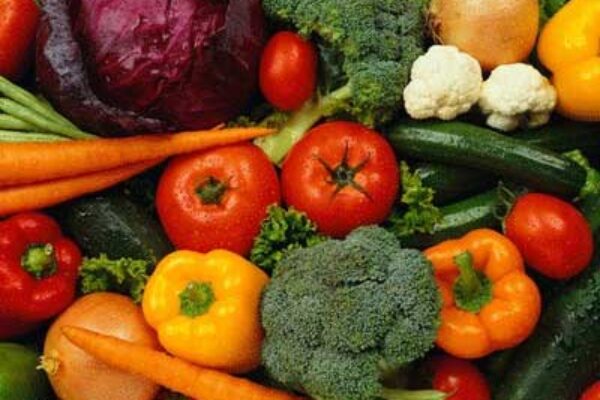
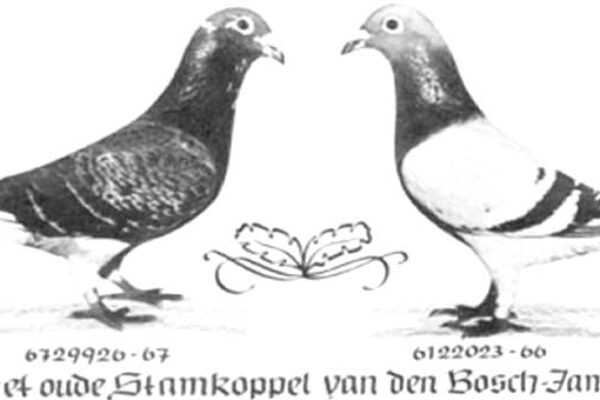



Well looking at the article and reading some comment , I think the answer about nutrition is not yet concluded.
Not more than 5% of fat is enough. Some pigeons can handle more due to there superior metabolism, yet to be sure, I maintain a total constitution of fat not more than 5%. I use rape seed, saff and peanuts as the major fat constituents. I also combine a commom native herb here in the Philippines, to help increase there over all health. Medicating them too much with commercial products has resulted in a disaster in my pigeons. Im putting them back to nature again. The best pigeons are those that who lose every fat in there body just to go home than those who still maintain a significant amount of fat, then come home late. just 5% of fat and a superior homing instict!!!
I read Dr Gord’s artilces (plus others) on the Alberta Classic discussion site few years back. Always informative. What high fat seeds or grains should be fed? Most digestible? Easy to check out on Google. Canada here has a different climate obviously from othe countries. Extreme cold and sometimes extreme heat and humidity. So one feeding regime that works here may not work elswhere. I do not know but assume that is why grains/seeds were not mentioned. The basic premise is to get the right amount of fat in the pigeon that has to fly the long tough races. Most know peanuts are high fat/protien seeds. Safflower also, plus others. I read this article or something similar to it years ago. So figured a pigeon on hatching eggs or few day old youngster would have higher red blood cell count and as a last resort could convert the cropmilk to fat if the going got tough. 586 miles, No day birds.Early morning 1st club by hours. 7th Fed. Cock bird. I was the only one flying to the nest. Or maybe I just got lucky? No matter each has to adjust to the course and system wherever one races.
I have been racing pigeons since i could walk, as my dad , and grand father, had pigeons, my grandfather ad pigeons over seas during ww2..
of cause here in Australia we fly different to over in USA ,, all over Australia birds are flown different ways, we live in QLD so we have heat,,,, in Victoria, its colder, and NSW in between, so we must feed ,, water and train in different ways..
my babies are brought over from 4 weeks of age , train with a whistle, (without the pea)
and they react well,,,
Very interesting and informative article.I was interested to learn of the by-product of the metabolism and burning of fat produces water.Pigeon racing is a very complex science and the more we learn as fanciers the more competitve we become.PS.Nice comment Rachel,you have raised some valid points.Very smart lady.